Staph Infection Prevention
A common misconception is that our skin is clean. The truth is everyone has a natural skin flora which predominantly includes beneficial strains of staph bacteria. This bacterial layer is considered the first line of defense against foreign bodies, such as fungi, viruses and harmful bacteria to include Methicillin-resistant Staphylococcus aureus (MRSA), which can affect our skin health. There are multiple factors which can contribute to the development of a staph infection but the most common are stress, hormones, nutrition and an injury to the skin which compromises its integrity. Compromised skin integrity allows harmful bacteria to penetrate the protective layers via the wound and cause infection.
Preventing staph infections may not always be possible but there are simple guidelines athletes can follow to help prevent them.
Staph Infection Symptoms
During the initial stages of a staph infection the affected area is typically tender or painful and may be reddened and swollen. It may also look like an insect bite, boil or pimple. Additional symptoms of staph infection indicating infection may include:
- Skin which is warm to the touch
- Pus formation or drainage
- Fever
Once a staph infection is suspected, obtaining medical treatment from your healthcare provider is critical to prevent further complications. Staph infections if left untreated can turn into impetigo, which turns into a crust on the skin, or cellulitis, a swollen, red area of skin that feels hot. Additionally, staph infections can develop into abscesses requiring surgical removal. Staph infections can also spread into the bones (osteomyelitis), joints (bacterial or septic arthritis), bloodstream (sepsis), lungs(pneumonia) and can damage heart valves which can lead to heart failure (endocarditis).
Staph Infection Prevention for Contact Sports Athletes
Contact sports athletes carry an increased risk of developing staph infections due to constant skin to skin contact and the training environment. This requires athletes to be extremely vigilant in their skin care routine. Here are a eight ways you can help protect yourself from getting staph infections on your skin:
- Washing your hands: The mechanical act of hand washing is a crucial aspect in the prevention of staph infections. Many would have you believe the simple application of hand sanitizer will do the trick. Hand sanitizer is a good intermediary when traditional soap and water is unavailable. The best defense against staph infections is actually the combination of a quality soap, running water and scrubbing your hands together. Practicing good hygiene is a critical element in the prevention of staph infections.
- Shower and wash your equipment: Showering as soon as possible after training will go a long way in preventing of staph infections. Equally as important is ensuring you wash your training clothes, Gis and equipment. Do not leave your sweaty training clothes, Gis or equiptment laying around. Wash your training clothes and Gis to remove any microorganisms which may have been picked up. Also wipe down any equipment with alcohol or antibacterial wipes.
- Cover cuts and stay away from open wounds: Cover up wounds, open cuts or injuries with a bandage. Breaks in the skin are extremely susceptible to staph infections. Staph infections are easily transferred via skin-to-skin contact. Do your best to avoid contact with other people's wounds or bandages.
- Do NOT share: Soap, razors, towels, clothing and equipment should be off limits. People can carry staph causing bacteria even if they do not have an infection. The result of sharing personal items can significantly increase the risk of infection because of how easily the bacterium is transmitted.
- Get enough sleep: Athletes need to make sure they are getting enough rest. Our bodies do the majority of the repair work during this time. If an athlete is not getting the proper rest their bodies will not be able to perform. The average recommendation for an adult is seven to nine hours of sleep per night. Athletes who train regularly should add an extra hour or two of sleep to ensure they are getting the proper rest.
- Eat a well balanced diet: Nutrition can play a large role in how your body functions. Athletes require extra calories to support an active training regimen. Without it, your body will begin to break down and not have the ability to recover. This can result in your bodies inability to defend itself against many of the microorganisms found where athletes train. Eating a well balanced diet also ensures your body is able to run on all cylinders.
- Reduce your stress level: Your stress level may seem like is has no bearing on preventing staph infections but stress can play a factor in your bodies ability to fight off infection. When your body releases stress hormones because of chronic stress the result can be a suppressed immune system. As a result, your body is slower at healing wounds, less able to produce antibodies and more susceptible to viral infections.
- Drink water, a lot of water everyday: The best way to flush the body of toxins and bacteria is to drink plenty of water. Ideally, each person should consume the following daily:
Low End: body weight (in pounds) x 0.5 = fluid ounces per day
High End: body weight (in pounds) x 1.0 = fluid ounces per day
Additionally, drinking enough at the right times is also important. Every athlete should start their day with eight to twelve ounces of water. On training days you should scale up your water intake just prior to, during and after training. Maintaining optimal hydration will help your body perform and decrease your risk of developing a staph infection while improving your overall health.


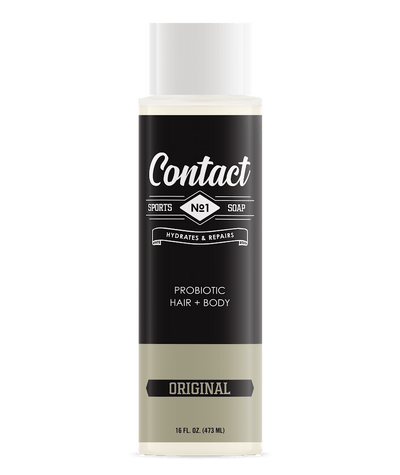

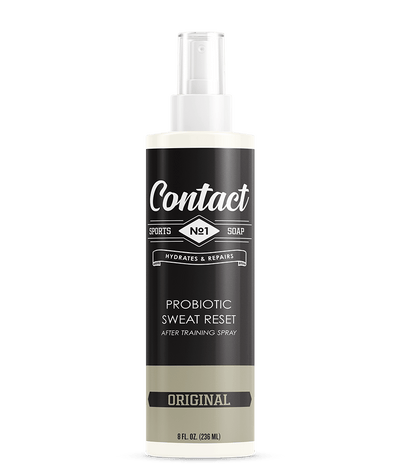
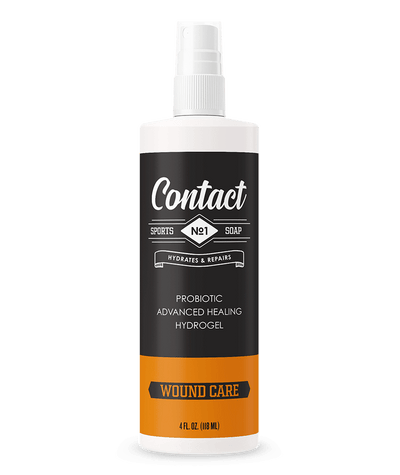
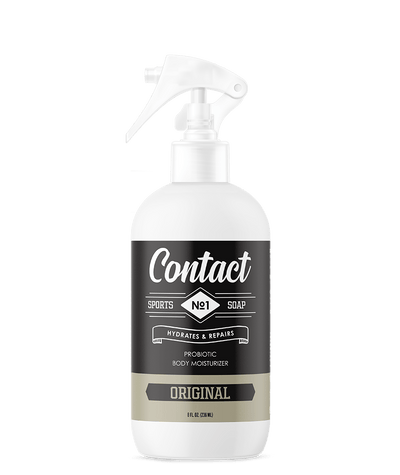
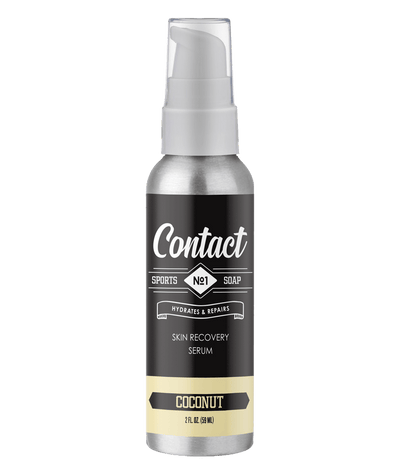
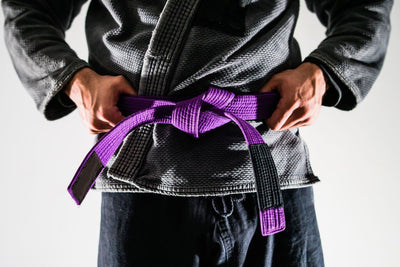
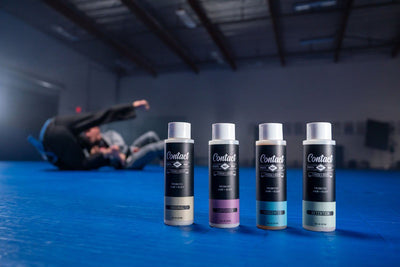
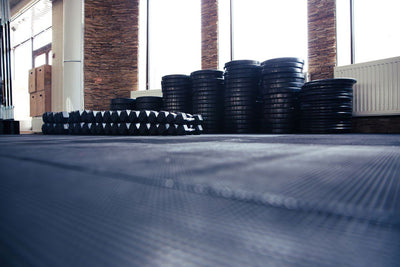
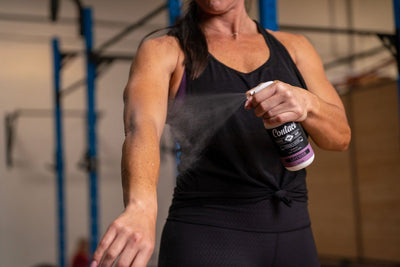
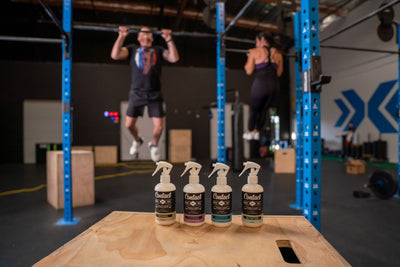
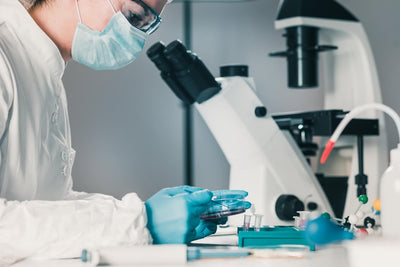
Leave a comment